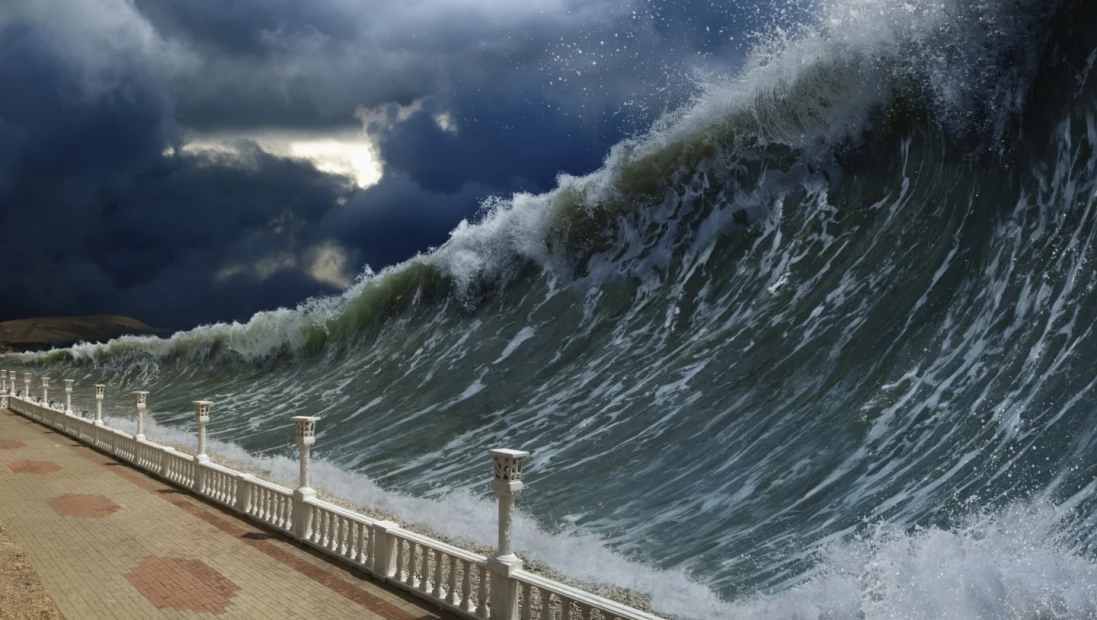Free Courses Sale ends Soon, Get It Now


Free Courses Sale ends Soon, Get It Now



Disclaimer: Copyright infringement not intended.
Context
Tsunami is a Japanese word that means “harbour wave”. It is generally caused by earthquakes or volcanic eruptions under the ocean.
About Tsunami
Characteristics of Tsunami
Causes of Tsunami
How are Tsunami generated?
|
PRACTICE QUESTION Discuss the causes, characteristics, and mitigation strategies associated with tsunamis. How can governments and communities better prepare for and respond to tsunami threats? Provide specific examples from different regions prone to tsunamis. |
© 2024 iasgyan. All right reserved